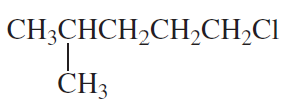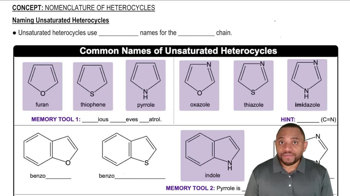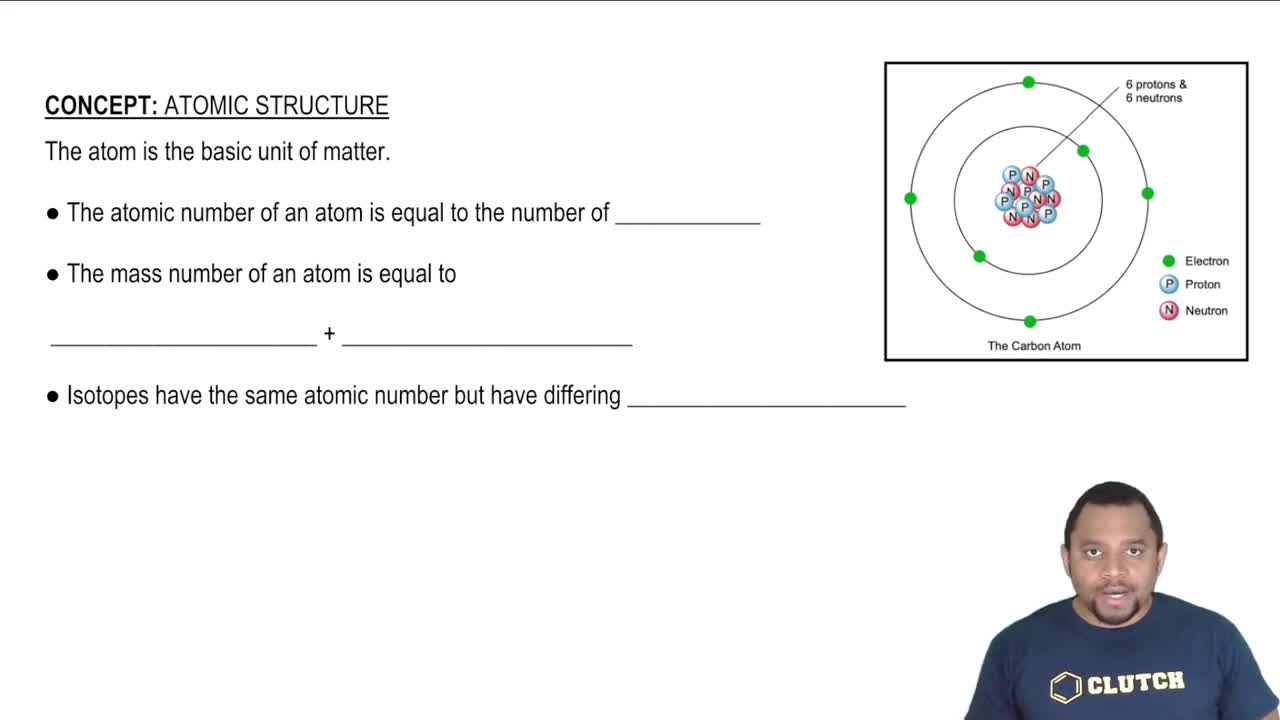Draw the structure that corresponds with each name.
k. cyclobutylcyclohexane
l. cis-1-bromo-3-chlorocyclohexane


 Verified step by step guidance
Verified step by step guidance Verified video answer for a similar problem:
Verified video answer for a similar problem:



 1:52m
1:52mMaster How to name alkyl halides with a bite sized video explanation from Johnny
Start learning